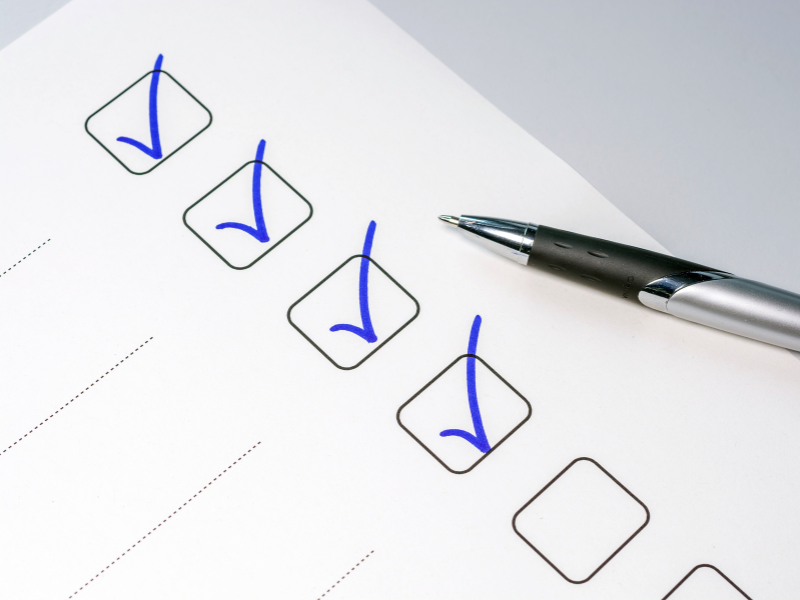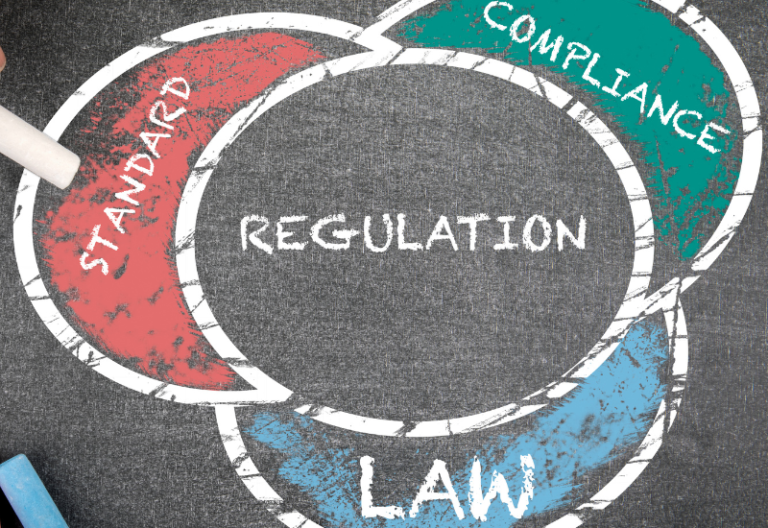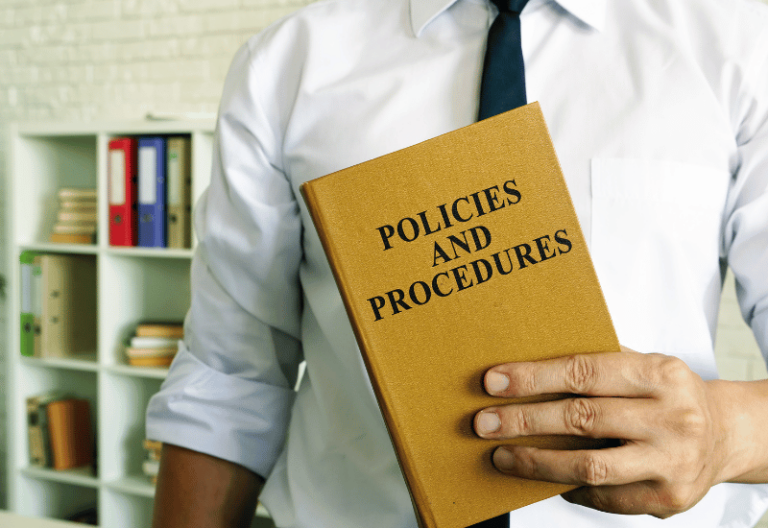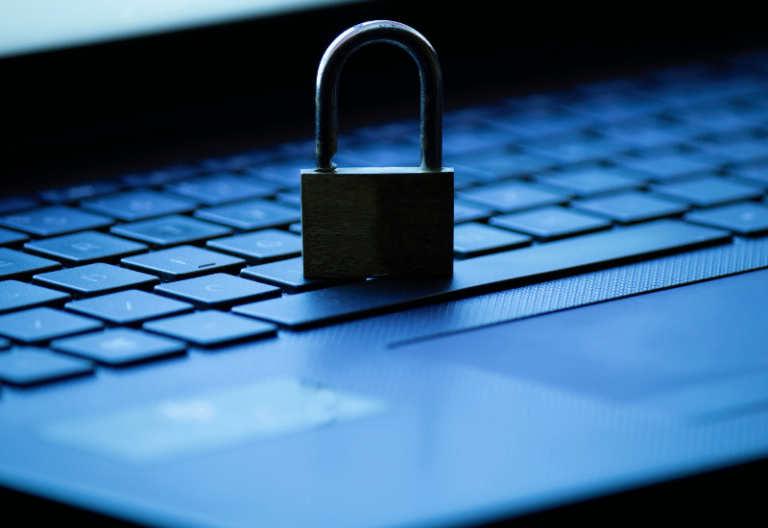A SOC 2 report can give organizations a competitive advantage, proving their adherence to rigorous security and privacy standards. It also positions the organization as a trusted protector of sensitive data, capable of blocking potential cyber threats.
Here, you will learn more about what a SOC 2 report entails and why it is crucial for businesses operating in regulated industries.
Table of Contents

What Is a SOC 2 Report?
SOC 2 reports transparent and verifiable evaluation reports based on SOC 2 (Service Organization Control 2) standards. It is a cybersecurity framework developed by the American Institute of Certified Public Accountants (AICPA) in 2010. It ensures that third-party or outsourced services manage, store, and process data, ensuring that data remains secure, available, complete, confidential, and private.
The SOC 2 report documents the organization’s or business’s adherence to established security and privacy standards.
Importance of SOC 2 Reports
SOC 2 reports play a crucial role in demonstrating how well and capable a business or organization is at handling sensitive data based on the five trust service principles.
A report displaying SOC 2 compliance equates to the level of security that a business can provide. From a marketing perspective, this helps establish trust and credibility. It offers assurance and serves as a valid selling point for attracting discerning clients, particularly those who strongly value data protection and information security.

SOC 2 Reports Objective
The objective of a SOC 2 report is to check if an organization follows the necessary Trust Service Criteria (TSC): security, availability, processing integrity, confidentiality, and privacy.
An auditor should evaluate the effectiveness of the organization’s controls to meet the TSC.
Linford and Co. and The Cloud Security Alliance elaborates on the importance of maintaining high standards based on the following criteria:
Security
This criterion is required for all SOC 2 reports. It ensures that data and systems are not vulnerable to unauthorized access, unauthorized disclosures, and damage. Organizations need to meet nine security points of focus, each focusing on being supported by one or three controls.
These 9 points of focus include:
- CC1: Control Environment
- CC2: Communication and Information
- CC3: Risk Assessment
- CC4: Monitoring Activities
- CC5: Control Activities
- CC6: Logical and Physical Access Controls
- CC7: System Operations
- CC8: Change Management
- CC9: Risk Mitigation
Availability
The system should be available and accessible to users, meeting the organization’s objectives. Since many organizations, like software as a service (SaaS) providers, offer outsourced services, the availability of TSC is an essential inclusion in their audit. If availability is vital to a system and stakeholders ask to include this criterion in the audit, it’s best to include it on top of other reports showcasing compliance.
Processing integrity
The AICPA defines processing integrity as “system processing is complete, valid, accurate, timely, and authorized” to meet the organization’s objectives. There should be no errors in data processing. And if ever there are, they should be dealt with promptly. Data should be accurate and properly stored and maintained.
Confidentiality
All data considered confidential should be protected to meet the organization’s objectives. Confidential information may vary depending on the organization or location. However, if the organization designates data as confidential as agreed with clients, then it should maintain the appropriate controls to maintain confidentiality.
Privacy
Personal information should be collected, used, retained, disclosed, and destroyed according to the organization’s privacy notice and standards set by the Privacy Management Framework, an update to the generally accepted privacy principles (GAPP). Personal information includes names, home addresses, email, ID numbers, purchase history, medical records, and financial records.

Scope of SOC 2 Reports
SOC 2 audits are not one-size-fits-all but are tailored to the unique operations of an organization. The audit scope depends on the specific processes or services relevant to the security of customer data. This means that some criteria in the TSC may not be relevant to an organization’s services or system. However, the Security criterion is foundational for all SOC 2 reports.
Types of SOC 2 Reports: Type I vs. Type II
SOC 2 Type 1
This SOC 2 reporting focuses on the system’s effectiveness and controls at a specific time. It covers a single date and provides a snapshot of the controls in place on that day. If an organization needs to give stakeholders a quick SOC 2 report or check if the system design is implemented correctly, this report will suit them.
SOC 2 Type 2
The focus of SOC 2 Type 2 is to assess the ongoing effectiveness of a system and controls over a more extended period (usually 3-12 months). Given the extended evaluation period, this report offers a more comprehensive view of controls in action.







